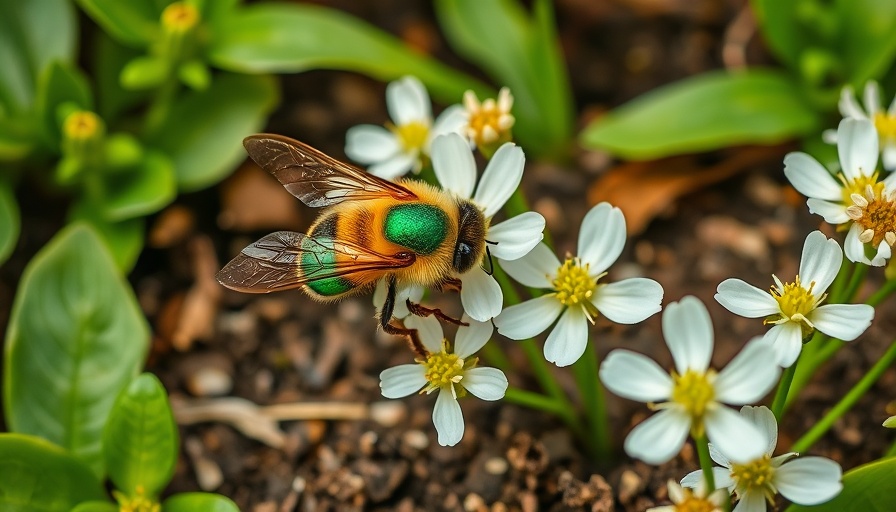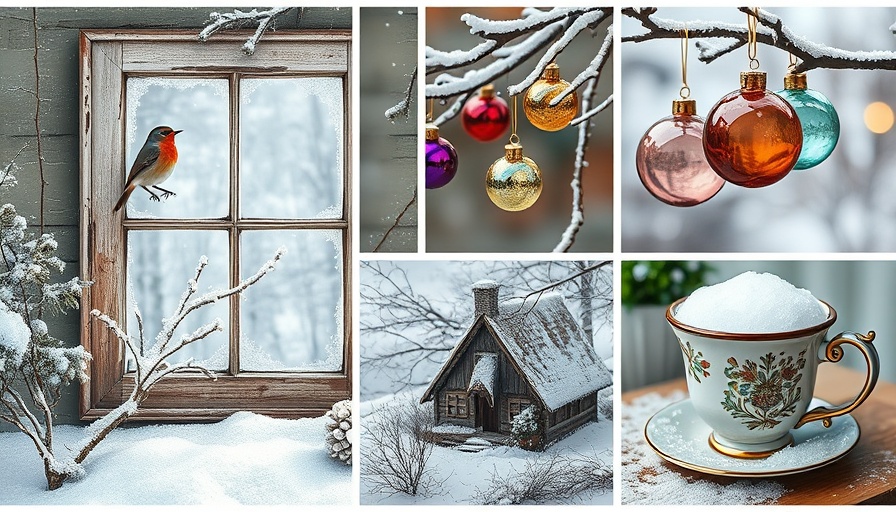
Understanding Where Our Bees Go in Winter
Have you ever wondered what happens to bees during winter? While we associate bees with buzzing in the warm months, most of them have fascinating winter habits, largely overlooked in discussions about gardening. This article takes a closer look at the lives of native bees, the importance of their roles as pollinators, and how you—as a homeowner—can help support their survival, especially as we move into those chilly months.
Why Focus on Native Bees?
Many discussions around bees focus primarily on honey bees, which, despite their importance, only represent a fraction of the bee population. In fact, there are approximately 4,000 native bee species in the U.S. and tens of thousands worldwide. Unlike honey bees, most native bees do not live in colonies; most spend winter in the ground as larvae, in a state similar to hibernation called diapause.
Creating a Supportive Environment for Native Bees
As a homeowner, you can help cultivate an environment that supports these important pollinators. Here are some simple ways:
- Plant Native Flowers: Choose plants that provide nectar and pollen for these bees. Native flowers are typically better suited to the local ecosystem!
- Avoid Pesticides: Pesticides can be harmful to native bees and other beneficial insects. Consider organic options to maintain a healthy garden.
- Create Undisturbed Ground Spaces: Avoid over-tilling your garden; this allows ground-nesting bees a secure area to nest underground.
Take Action, Support Pollinators!
Winter is a crucial time for native bees, even though they are hidden from sight. As we enjoy our gardens in spring, let’s remember to foster the conditions that will help these essential pollinators thrive. So, the next time you plant a flower, think of the bees that will benefit from your efforts. Your garden can be a sanctuary for them to thrive!
 Add Row
Add Row  Add Element
Add Element 



Write A Comment